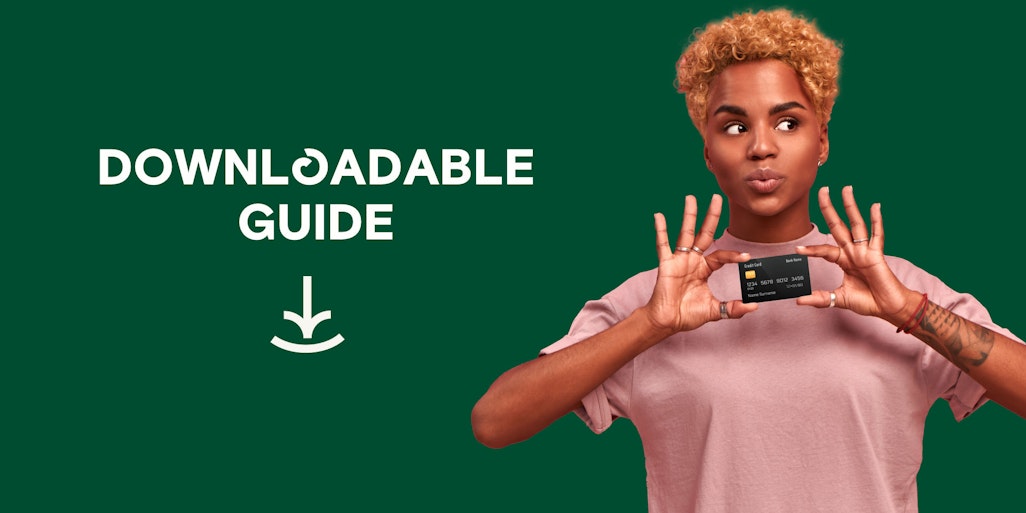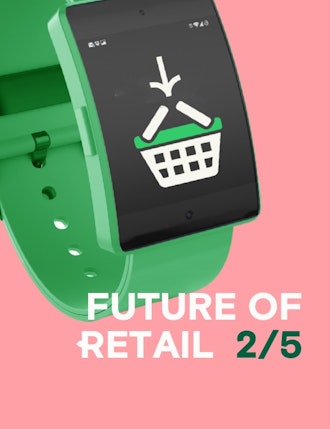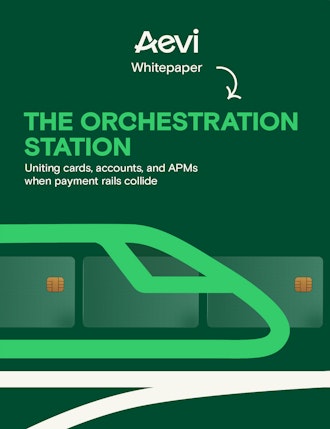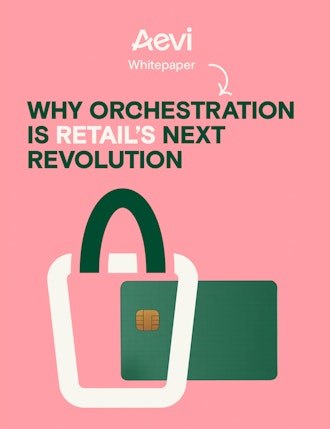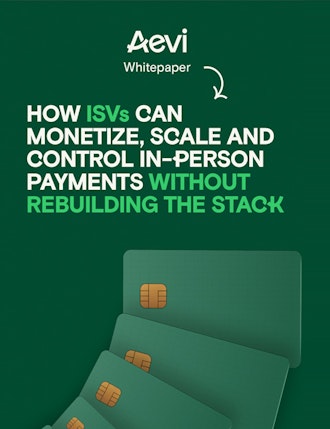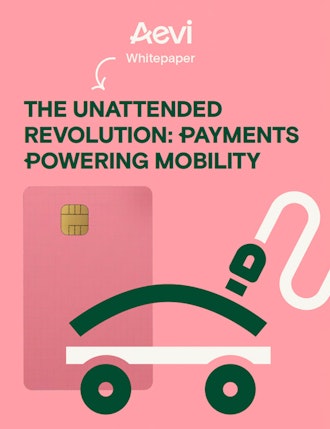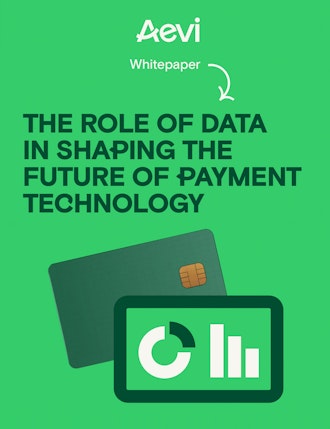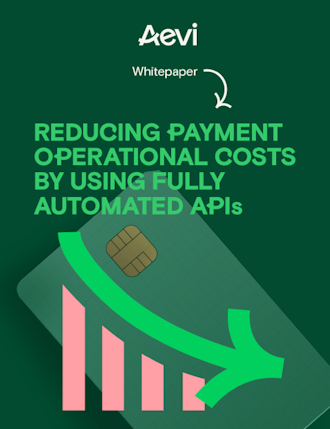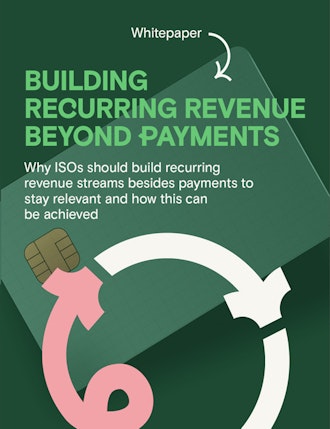Lockdown, social distancing and economic challenges highlighted and reinforced the customer need for a digital buying experience and omnichannel payment solutions.
Our guide looks at the state of omnichannel retail, the challenges merchants face and the best way to deliver successful customer experiences, no matter how consumers are purchasing.
Understanding omnichannel payment solutions: A guide
This guide offers a thorough explanation of omnichannel payments in today’s digital landscape. It draws on global research and data to consider how retail has comprehensively changed for both customers and merchants alike since early 2020.
Why should you read it?
- We ask what the omnichannel approach means for the entire payment chain
- We tackle the challenges retailers are facing head on
- We offer guidance and reassurance for merchants and retailers
- Fill out the short form and download our guide to learn what omnichannel solutions could offer to your business.
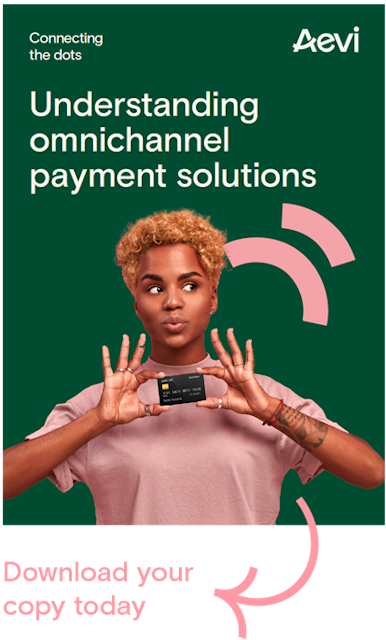
Our new digital reality
In the era of ‘digital first‘, the world has moved forwards and so have customer expectations. They expect digital comfort, connectivity, and efficiency from all retailers. This new digital reality can be described as omnichannel, or holistic commerce. While many merchants flocked to digital marketplaces amidst COVID19, these immediate solutions only served as a temporary fix to stay in business. A major overhaul of their commerce infrastructure is required in the long run.
Merchants are looking for agile partners to help them to modernize. For a long time, merchants sourced their commerce infrastructure independently from their payment infrastructure. In times of holistic approaches, merchants large and small are turning to different types of FinTech challengers. They have adopted a digital mindset to create flexible solutions, supporting their merchant base with streamlined processing across channels. They employ data and Artificial Intelligence to add additional value to their relationship.
SMB merchants are increasingly turning to business solution providers to source their complete infrastructure. Larger merchants and global businesses are engaging the services of payment as a service (PaaS) provider to help them consolidate and orchestrate their diverse international payments operations.
Woken by the imminent threat of those new age FinTech challengers, face-to-face (F2F) incumbents increasingly employ partnership models and/or Mergers & Acquisitions to expand their services. What all players in this highly cooptative industry realize is that in a world of eroding payments margins, the focus shifts towards the intelligent use of payments data to create value for the stakeholders. While this is easy to achieve on the digital side, it is significantly harder in in-person payments.
Legacy system limitations
For years everybody has talked about omnichannel’, but in truth in-person and digital channels have operated for the most part independently from each other, especially in regards to the customer checkout process.
To understand the challenge of truly merging the channels, one must look at their origins. Electronic in-person payment acceptance was introduced to merchants almost 40 years ago and has undergone only minor upgrades. Built on an analogue mindset, payment devices were developed as data fortresses, focusing only on speed and security. Though the acceptance model spread across the globe, with merchants operating locally, it saw regional variations that over time developed into the fragmented, inflexible infrastructures still prevalent today.
That stands in stark contrast to the digital side, which developed at the beginning of the millennium. As eCommerce faced the challenges of the customer not being present while being open to the world at the same time, it was built on the foundation of openness, integration, and data. The result was solution sets that are highly flexible, connected and partner oriented.
While these models could co-exist over the last 20 years, the two channels are merging to provide holistic commerce that promises digital efficiencies to in-store merchants and access to real customer touchpoints to digital ones. Nevertheless, what stands between merchants, solution providers, and the interconnected world of efficiency is a barrier of interdependencies that sit between checkout and payments on the physical side, limiting the free flow of payments and data and choice of partners.
Freedom & flexibility
The market is looking for a solution for this systemic challenge. Some stakeholders are looking at Android-based smartPOS systems, while others are focusing on industry standards, such as nexo, to open the in-person checkout flow. While all these solutions offer necessary and relevant steps towards a more open and agile in-person commerce environment, they all individually fall short of the bigger picture, as they are either too exclusive, complicated, or regional.
To truly change the game in time, the industry requires a combination of open industry standards (such as ISO 20022, nexo and Android) and the execution speed of a private entity to deliver an open, neutral platform, accessible to and respecting the role of each stakeholder, while offering freedom of choice and speed of execution for all industry players.
Check our our recent announcement with Tilled, on a new partnership to that allows them to expand their omnichannel offering for ISVs.
Interested in reading more around this subject? Here are some useful articles…


